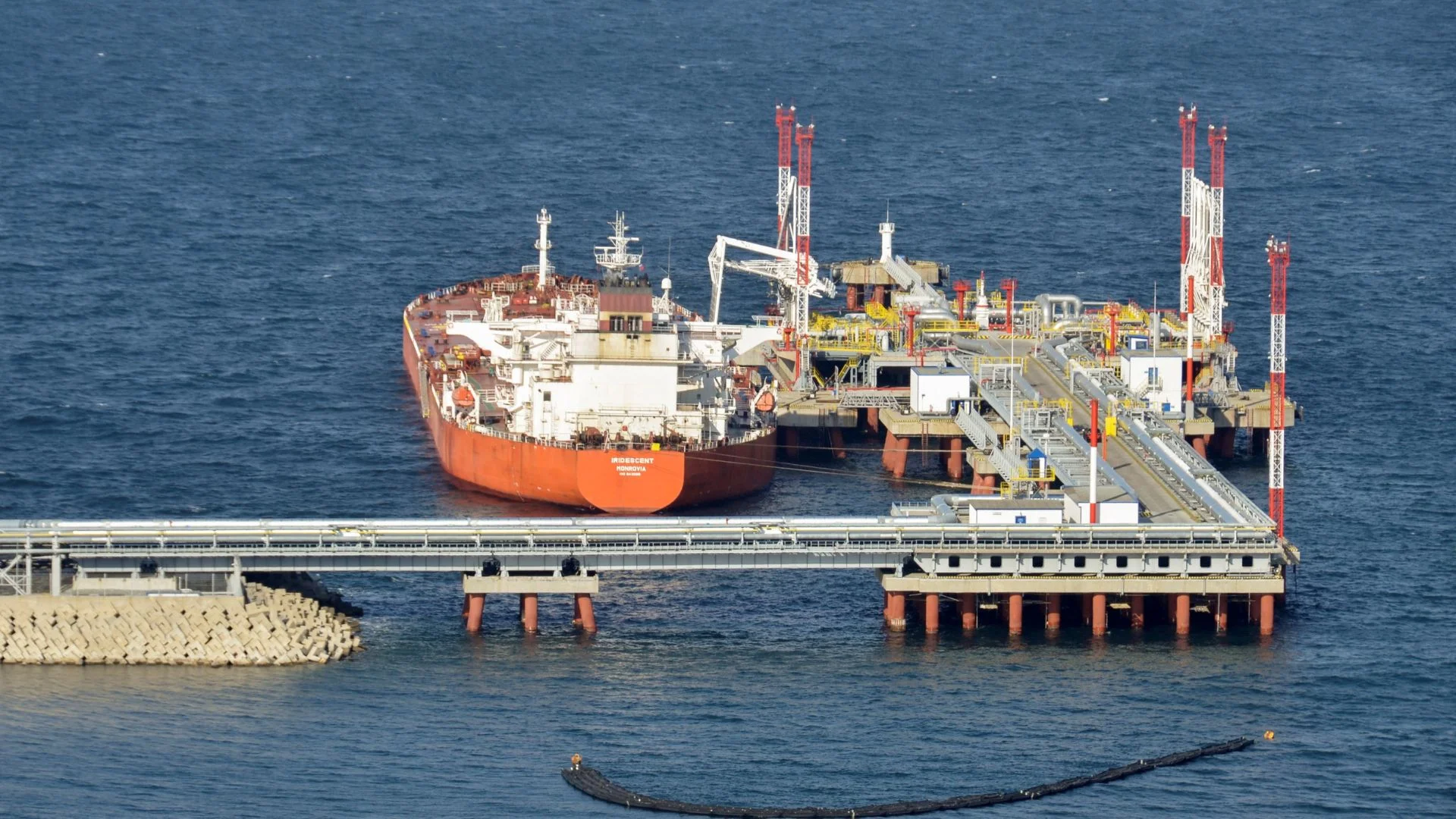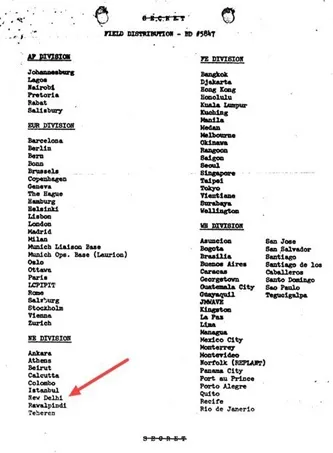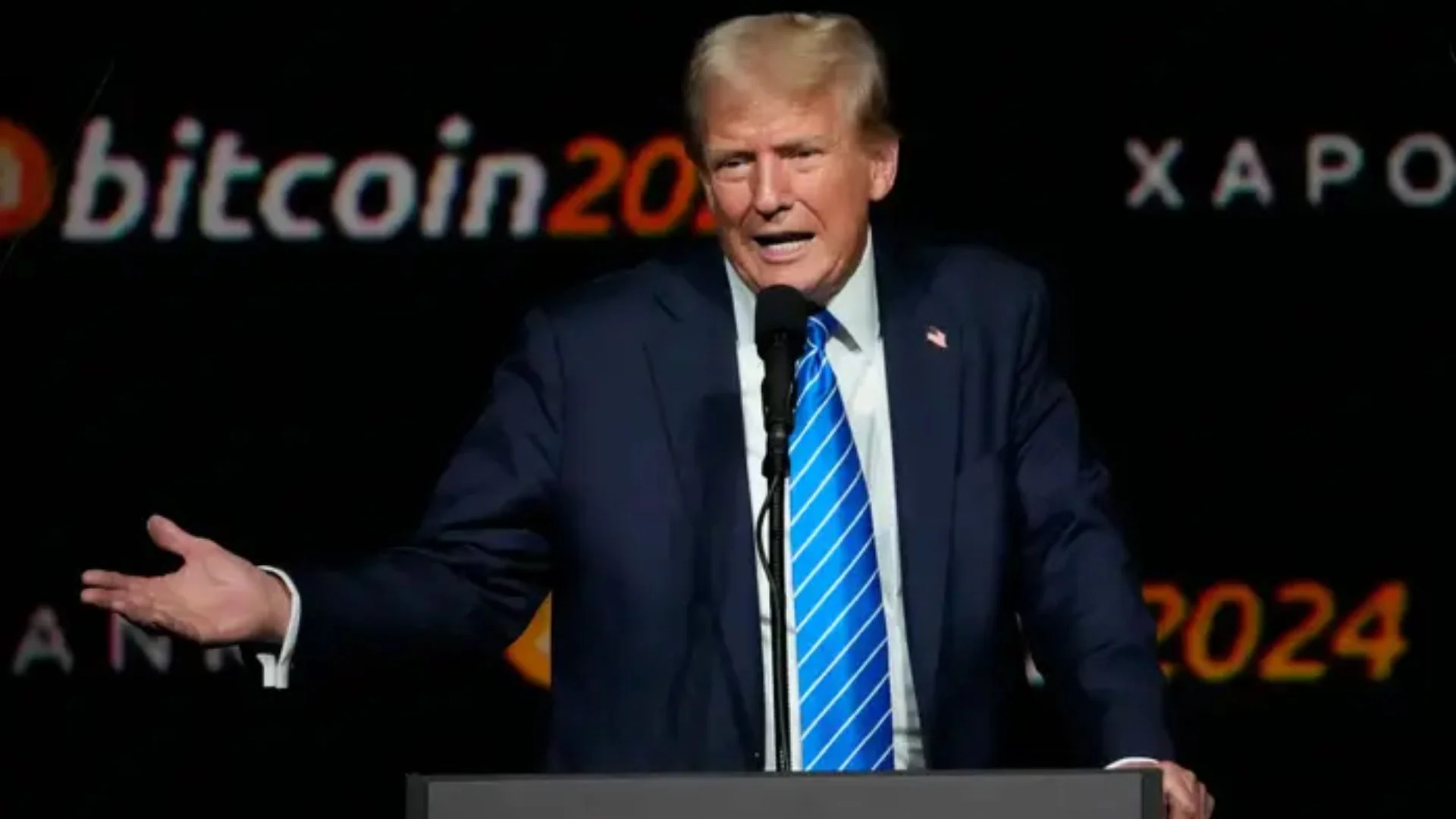Chinese and Indian refiners are going to buy more crude from the Middle East, Africa, and Americas as new US sanctions against the Russian oil producers and tankers-imposed supply pressure according to traders and analysts. This sanction by US Treasury on Friday focuses mainly on the giant Russian oil firms such as Gazprom Neft and Surgutneftegas, as well as 183 vessels used for transport of Russian oil. This will cut down the revenues of oil Moscow has been using to fund its war with Ukraine.
The sanctions will severely affect the Russian oil export, especially to China and India, which are the largest consumers of Russian crude since Western sanctions and a price cap imposed by the Group of Seven in 2022. These countries relied on a fleet of tankers to transport Russian oil, including those from Iran that are also under sanctions.
It is to the effect that these sanctions affect 143 oil tankers that carry a total of over 530 million barrels of Russian crude that made up 42% of Russia’s seaborne crude exports. Analysts project that sanctions would limit ships for Russian oil availability and trigger massive spikes in freight rates.
For China, which imported around 300 million barrels of Russian crude last year, and India, which received a good portion of the rest, new restrictions will most likely disrupt supply chains, with refiners turning to other regions for alternatives.
Sanctions could potentially halt Russian ESPO Blend crude exports, but the enforcement of these measures depends on future political decisions, such as US President-elect Donald Trump’s stance on the embargo.






















